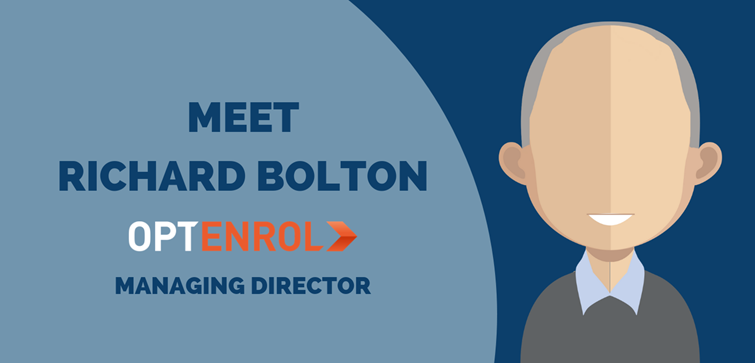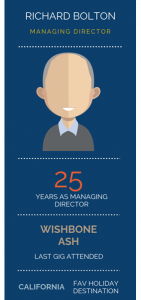Did you know that over 99% of savers who have been auto enrolled into a scheme that offers a range of funds don’t make any active choices and just stick with their employers’ default fund?
Why?
Is it because it’s easier or that we neither understand nor have the time to investigate the options and what they mean? Maybe we just don’t care and like so many of us, ask the question “will it really make a difference anyway”.
Sometimes we just want someone else to make the decision for us and take the hassle out of it and auto enrolment seems to fit into that category.
Usually your fiscal friends will tell you to investigate, shop around, look for the best deal, assess your choices but when it comes to your workplace pension, the few members who do switch their investment funds will often chase the market and the buy high/sell low behaviour can seem like the best way to get more bang for your pension fund.
When it comes to risk choices for your fund, those savers who do self-select are normally guided by the risk classifications of the funds available. There are many tools to help you understand your risk, assess you attitude and determine what kind of saver you are, However, regardless of the tools at our disposal, we all continue to struggle to determine their own attitude to risk.
It is well documented that 80% of self-select members change their investment selection less than once every five years, and more than half of them never make a change to their initial investment selection and its more than likely that your fund can remain untouched for 40 years.
With fund sizes for auto enrolled savers still very small, it looks set to stay the same, savers sticking with their companies default fun and at the end of the day there is little value in changing, so save some time and go and put your feet up, maybe not, best save that for your retirement.


 We here at OptEnrol really have become the auto enrolment specialists which has been reflected in our growth, assessing over 63,000 employees each month. Naturally, we’re on the lookout for lots more as the service accepts all sizes and complexities of workforce. Advisers using other assessment services have recently been attracted to OptEnrol’s low charges, pay-only-as-you-use basis as well as the great customer service from our dedicated and fantastic support team who are there to help whenever you need them.
We here at OptEnrol really have become the auto enrolment specialists which has been reflected in our growth, assessing over 63,000 employees each month. Naturally, we’re on the lookout for lots more as the service accepts all sizes and complexities of workforce. Advisers using other assessment services have recently been attracted to OptEnrol’s low charges, pay-only-as-you-use basis as well as the great customer service from our dedicated and fantastic support team who are there to help whenever you need them.




